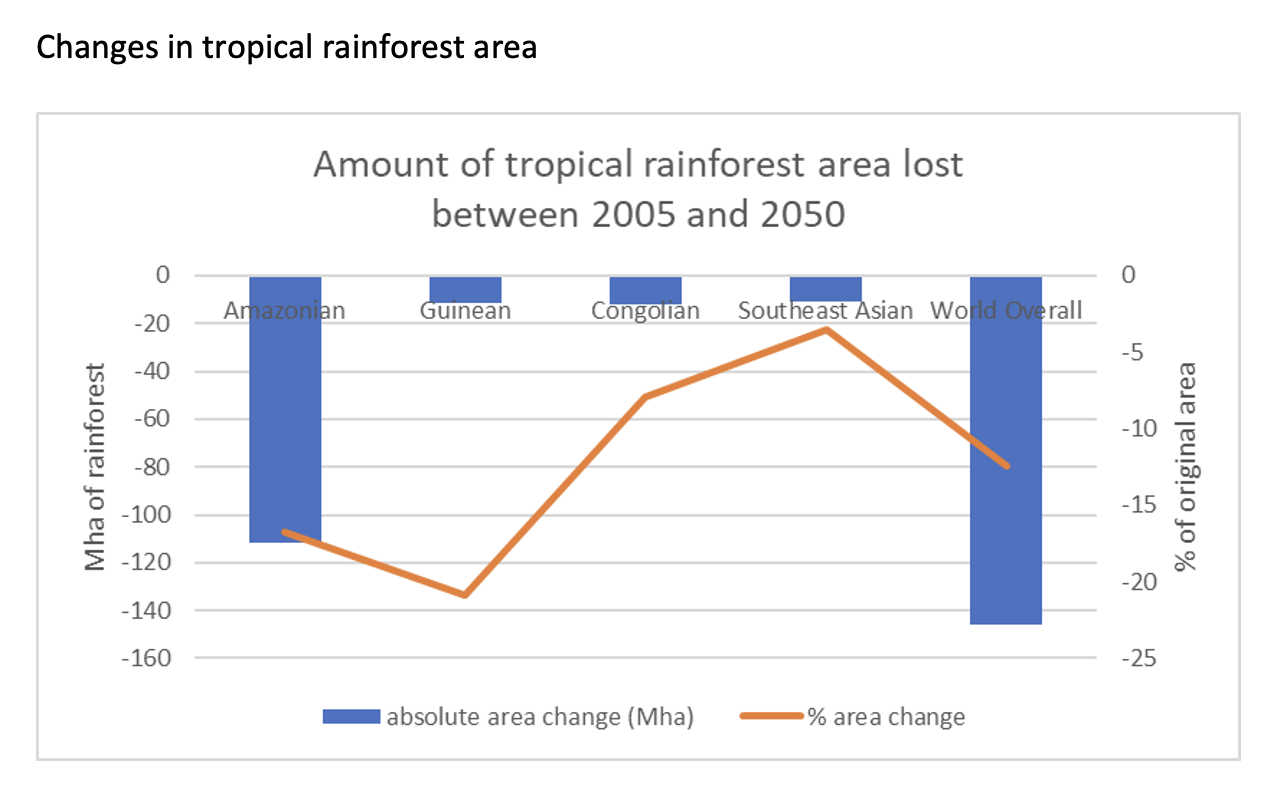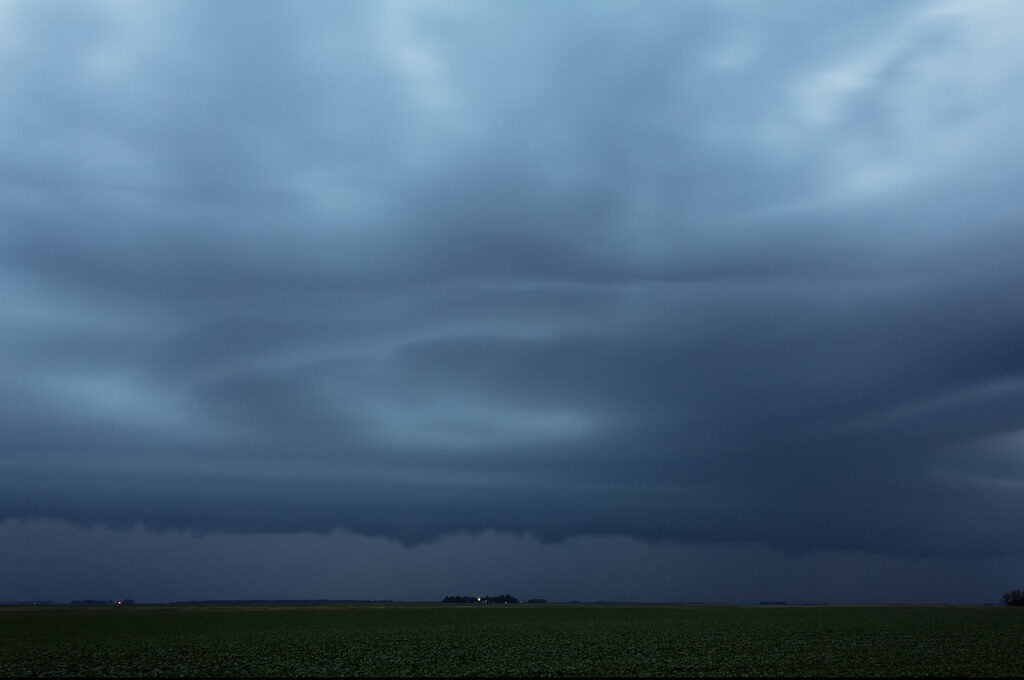
Weather And Climate Of Kibale Forest National Park
Weather And Climate Of Kibale Forest National Park
Weather And Climate Of Kibale Forest National Park : Kibale Forest National Park is a Uganda national park located in tew stern part of the country. The park is widely known as Primate Capital of the World,” this park is known for housing the largest density of the remaining chimpanzees in the world. The park is about a certain number of square kilometers and is made up of evergreen jungle. Kibale is one of the last areas that has both lowland and mountain woods. The park has 351 types of trees, with some growing over 55 meters tall and older than 200 years. It holds the last major expanse of pre-montane forest in Eastern Africa. Kibale has 70 kinds of mammals, including more than 1,250 chimpanzees, the endangered red colobus monkey, and the rare L’Hoest’s monkey.
Kibale National Park has a wet and mild climate. Temperatures remain pretty consistent throughout the year. During the day, temperatures are about 26 degrees Celsius (79 degrees Fahrenheit) and drop to around 16 degrees Celsius (61 degrees Fahrenheit) at night.
Kibale Forest National Park has different weather all year, so it’s a good idea to bring waterproof clothes. The park is usually dry in January, February, June, and July, with less than 60mm (about 2.4 inches) of rain each month. The heaviest rain occurs in April, September, October, and November, with monthly amounts over 140mm (more than 5.5 inches). Overall, the park’s weather needs visitors to be ready for rain at any time.
Dry Seasons: January to February and June to July.
January and February.
In January and February, Kibale Forest National Park is at its driest, but it can still rain. This time is perfect for hiking to see chimpanzees. During the day, temps are typically around 27 degrees Celsius (81 degrees Fahrenheit), and at night, they drop to about 17 degrees Celsius (63 degrees Fahrenheit).
June and July.
In June and July, Kibale Forest National Park is mostly dry, but there might be some rain. In the afternoons, the temperature usually warms up to about 26 degrees Celsius (79 degrees Fahrenheit), while the early mornings are cooler, average around 16 degrees Celsius (61 degrees Fahrenheit). The warm days and cool mornings make the park a nice place to visit this time of year.
Wet Seasons: March to May and August to December
March, April, and May.
In Kibale Forest National Park, it rains heavily in March, April, and May, with April seeing the most rain. Rainy weather can make the walking paths in the bush slippery, making it harder to trek to see chimpanzees.
August, September, October, November, and December
Kibale Forest National Park gets the most rain from August to December. During this time, the paths can get very slippery because of the extra rain, especially from September to November when it rains the most. In August, there’s less rain because it’s the end of the Dry season, so things are less wet than they will be later. By December, the rain decreases a little, but there is still enough to make the ground muddy. During these months, temps usually go up to around 26 degrees Celsius (79 degrees Fahrenheit) during the day and can fall to about 16 degrees Celsius (61 degrees Fahrenheit) at night.
Common questions about the weather and temperature of Kibale Forest National Park and its safaris.
What is the weather like in Kibale Forest National Park?
Kibale Forest National Park has a warm and humid tropical temperature all year. Temperatures typically go from 16 degrees Celsius (61 degrees Fahrenheit) at night to around 26 degrees Celsius (79 degrees Fahrenheit) during the day. The park has two main seasons: dry and wet. The rainiest months are from August to December, with the most rain typically happening in September and October. The rain can make the trails slippery, so tourists should be ready for muddy conditions if they go during this time.
When is the best time to go on a tour in Kibale Forest?
The best time for a Uganda tour in Kibale Forest is during the dry season, which usually runs from December to February and from June to September. In these months, the weather is drier, making hiking easier and animal watching more pleasant. The paths are less muddy, allowing for smoother walking and better chances to see the diverse wildlife, including chimpanzees and other primates. Bird fans should visit the park during the rainy season. There will be more food for the birds, and it’s also when they breed. The migratory birds come in November and leave by April. They are not very common in the forest parts of the park. You can find them in the more open southern parts of Kibale. During the short and long wet seasons, there is plenty of food, which makes birds very active. However, the trails can be slippery, and roads and airstrips can be difficult to travel on.
How does the rainy season impact watching wildlife in Kibale?
The wet season from August to November can make roads muddy and slippery, but it also brings lots of green plants and food for animals. This means that animals, like birds and monkeys, are usually very lively. Mud can make it harder to see wildlife, so some tourists may choose to skip the rainy months for easier hiking. Visitors who go during the wet season might find fewer people around and see the forest in its bright and lively form, creating a special experience.
What should tourists bring for a safari in Kibale Forest?
Visitors to Kibale Forest should bring important things for a comfortable trip in Uganda. Wear long-sleeved shirts and long pants for a chimp tour. When going on a chimp safari in Kibale, the first things to pack should be a camera and glasses to help you remember the experience. You need good knee-length hiking boots to comfortably walk through the forest in the wet season. A waterproof rain jacket is essential and should be worn in both dry and wet seasons. Garden gloves are worn when tracking chimpanzees in Kibale. Socks are important for keeping your feet warm in cold weather. Wear a warm sweater or fleece when it’s cold outside. A waterproof day bag. The day backpack will hold everything you need for the chimpanzee walk, like insect repellent, a camera, snacks, water bottles, and sunscreen. Remember to bring bug repellent and sunscreen, among other things.
Are there guided trips in Kibale Forest?
Yes, Kibale Forest National Park has many guided trips that are highly recommended for a great experience. Guided trips have experienced guides who can take you through the forest and show you interesting plants and animals that you might not notice by yourself. These tours usually involve tracking chimpanzees, watching birds, or taking nature walks, helping tourists connect better with the environment. It’s a good idea to book ahead, especially during busy tourist times, to make sure you get a place.



